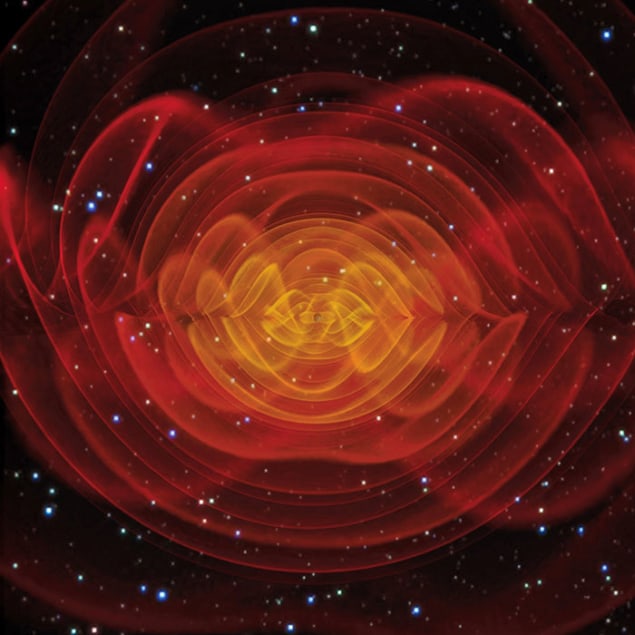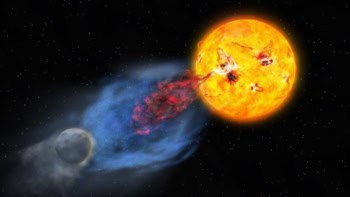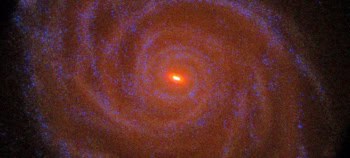
Gravity sits at the heart of some of the most important open problems in astrophysics, cosmology and fundamental physics, while black holes harbour some of the most remarkable predictions of Einstein’s general theory of relativity. Now, more than 200 researchers from all over the world have come together to create a roadmap that surveys current and future research in strong-field gravity, with topics ranging from the astrophysics of black holes to the modelling of gravitational-wave signals. Vitor Cardoso, one of four editors of the roadmap, offers a brief introduction.
The long-held promise of gravitational-wave astronomy as a new window onto the universe has finally materialized, with several dramatic discoveries made by the LIGO–Virgo collaboration over the past few years. But these are just first steps along a new and exciting avenue of exploration that is only now opening up before us. The questions we want to tackle cut across disciplines and research interests, and the answers will undoubtedly reshape our understanding of black-hole-powered phenomena, the formation of structure in the universe, and the nature of gravity at all scales.
Harvesting useful information from gravitational-wave (GW) signals and understanding its broader implications demand a multidisciplinary effort. What exactly will GWs tell us about how, when and in which environment black holes were formed? How fast do black holes spin, and how have some of them grown to become supermassive? GWs from merging black holes probe the environment in which they reside, potentially revealing the effect of dark matter or new fundamental degrees of freedom.
The analysis of GW data will also enable precise tests of general relativity, and of the black hole paradigm itself. However, collecting and interpreting the information encoded in the GWs requires faithful and accurate theoretical models of the predicted waveforms. To accomplish the far-reaching goals of gravitational-wave science it is of paramount importance to bring together expertise over a very broad range of topics, from astrophysics and cosmology, through general-relativistic source modelling, to particle physics and other areas of fundamental science.
Collaboration across disciplines
In 2016, a short time before the announcement of the first gravitational-wave detection, a cross-disciplinary initiative in Europe led to the establishment of the new COST Action on “Black holes, gravitational waves and fundamental physics” (GWverse). GWverse aims to maintain and consolidate leadership in black-hole physics and gravitational-wave science, linking three scientific communities that are currently largely disjointed: one specializing in gravitational-wave detection and analysis; another in black-hole modelling (in both astrophysical and general-relativistic contexts); and a third in strong-gravity tests of fundamental physics.
The idea is to form a single, interdisciplinary exchange network, facilitating a common language and a framework for discussion, interaction and learning. The action supports the training of the next generation of leaders in the field, and the very first “native” GW/multimessenger astronomers, ready to tackle the challenges of high-precision GW astronomy with ground and space-based detectors.
The roadmap, published in Classical and Quantum Gravity, is one of the outcomes of this collaboration. The aim of the roadmap is to summarize our current knowledge and highlight the most compelling questions that still remain. The synthesis of these results has the potential to shed light on some of the most enigmatic issues in contemporary physics, and the authors hope that the roadmap can serve as a guide for the exciting road ahead.
The roadmap on black holes, gravitational waves and fundamental physics is published in Classical and Quantum Gravity, which is published by IOP Publishing (which also publishes Physics World). The editors of the roadmap are Leor Barack of the University of Southampton, UK, Vitor Cardoso of the University of Lisbon, Samaya Nissanke of the University of Amsterdam, Netherlands, and Thomas P Sotiriou of the University of Nottingham, UK.



